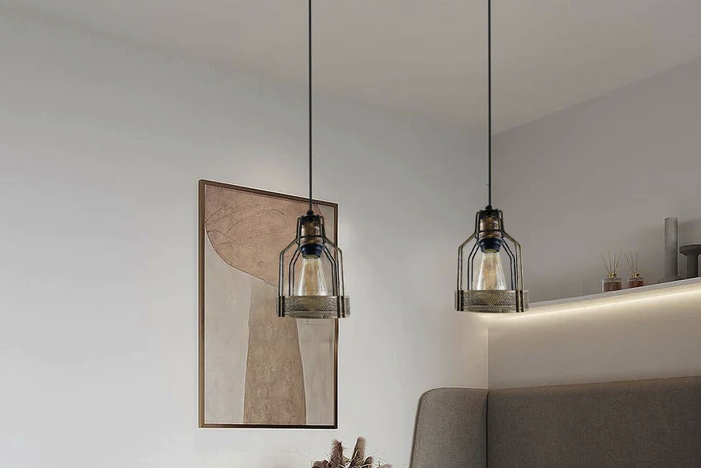Introduction
Lighting is an essential aspect of photography, cinematography, and video production. It can make or break the image’s mood, texture, and overall visual appeal. The three-point lighting technique is the most commonly used method of lighting in these fields. It involves using three lights to illuminate the subject from different angles, creating a balanced and attractive look. In this article, we will delve into the three-point lighting technique, its components, and how to use it to create stunning visuals.
The Three-Point Lighting Components
The three-point lighting technique comprises three essential components: the key light, fill light, and backlight.
The Key Light
The key light is the primary light source in the three-point lighting setup. It is typically positioned above and in front of the subject, creating the main source of illumination. The key light’s intensity, direction, and angle can significantly affect the image’s mood and highlights the subject’s facial features.
The Fill Light
The fill light is the secondary light source in the three-point lighting setup. It is placed on the opposite side of the key light, filling the shadow areas created by the key light. The fill light’s role is to reduce the harsh shadows created by the key light, creating a more natural look.
The Backlight
The backlight is the third and final light source in the three-point lighting setup. It is positioned behind and above the subject, creating separation between the subject and the background. Backlight is also called a hair light and creates a rim of light around the subject, highlighting the edges and creating additional depth.
How to Use the Three-Point Lighting Technique
Now that you know the components of the three-point lighting technique let’s see how to use it to create stunning visuals.
Step 1: Set up the Key Light
The key light should be positioned around 45 degrees from the subject, slightly off-center. This angle creates natural-looking shadows and highlights the subject’s features. The key light’s intensity should also be adjusted to fit the desired mood and create the appropriate contrast.
Step 2: Set up the Fill Light
The fill light should be placed opposite the key light, eliminating the harsh shadows created by the key light. The intensity of the fill light should also be adjusted to fit the desired mood and create the appropriate contrast.
Step 3: Set up the Backlight
The backlight should be placed behind the subject, slightly above and pointing down. This angle creates separation between the subject and background, highlights the edges, and creates additional depth. However, being too harsh with the backlight can lead to unwanted lens flares, so adjusting the intensity is vital.
Step 4: Adjust and Fine-Tune the Lights
With the three lights set up, it’s necessary to adjust and fine-tune them to create the appropriate mood and contrast. Tweaking the intensity, angle, and distance can create different effects and change the image’s overall feel.
Conclusion
In conclusion, the three-point lighting technique is a crucial aspect of lighting in photography, cinematography, and video production. By understanding the components and knowing how to use it, you can create stunning visuals that grab your audience’s attention. Remember, lighting is more than helping your subject look good; it creates an atmosphere, sets the tone, and helps the story you’re trying to tell. Therefore, it’s essential to know and master the art of lighting, and the three-point lighting technique is a good place to start.


